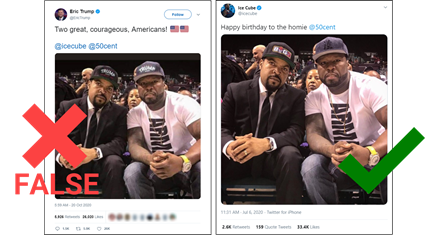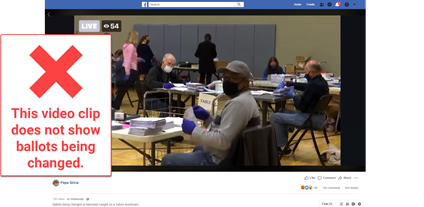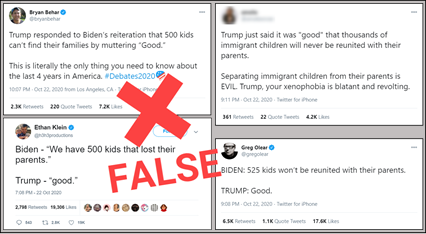GSAN: Misinformation ‘Casebook’ | Election rumors | Targeted voters
|
|
Learn about news literacy this week |
|
Misinformation ‘Casebook’ Misinformation, from falsehoods to conspiracy theories, threatens our public health and the integrity of our elections. Now, a new online resource lays out specific examples of coordinated misinformation efforts and explains how they work. The Media Manipulation Casebook maps out current and previous “media manipulation and disinformation campaigns” to help educators, journalists, researchers and others understand how to detect and debunk them. The project was created by a team of researchers at Harvard Kennedy School’s Shorenstein Center on Media, Politics and Public Policy, and led by Joan Donovan, its research director.
|
 |
|
Viral rumor rundown  NO: The photo (above left) of the rappers Ice Cube and 50 Cent wearing “Trump 2020” hats is not authentic. YES: The photo (above right) of Ice Cube, wearing a hat with the Big3 basketball league logo, and 50 Cent, wearing a New York Yankees hat, is authentic. YES: Ice Cube tweeted the original photo on July 6. YES: Eric Trump, one of the president’s sons, tweeted and later deleted the doctored image on Oct. 20. YES: Ice Cube recently discussed his “Contract With Black America” with the Trump campaign. YES: 50 Cent criticized Democratic presidential nominee Joe Biden’s plan to raise taxes on people making more than $400,000 a year in a recent post on Instagram (warning: foul language).  NO: The video clip in this Facebook post does not show a Maryland poll worker changing votes on a ballot. YES: It shows an election worker darkening an oval that the voter had filled in too lightly, following the accepted protocol in Montgomery County, according to local election officials.  NO: President Trump did not say “good” in response to Democratic nominee Joe Biden’s comment that the current administration has lost track of the parents of 525 children it detained at the border. YES: Trump said to the moderator, Kristen Welker of NBC News, “go ahead.” YES: Lawyers tasked with searching for families separated at the border by the Trump administration say they are still trying to locate parents for 545 children (not 525, as Biden said). YES: Many people shared the inaccurate quote on Twitter last week. |
|
★ NewsLit Picks Hannah: “False Political News in Spanish Pits Latino Voters Against Black Lives Matter” (Patricia Mazzei and Jennifer Medina, The New York Times).
Peter: “Facebook Promised To Label Political Ads, But Ads For Biden, The Daily Wire, And Interest Groups Are Slipping Through” (Craig Silverman and Ryan Mac, BuzzFeed News).
Suzannah: “Wall Street Journal Opinion and News Side Divided on Hunter Biden” (Gene Maddaus, Variety).
|
 |
|
Thanks for reading! Your weekly issue of Get Smart About News is created by Peter Adams (@PeterD_Adams), Suzannah Gonzales and Hannah Covington (@HannahCov) of the News Literacy Project. It is edited by NLP’s Mary Kane (@marykkane). |
|

